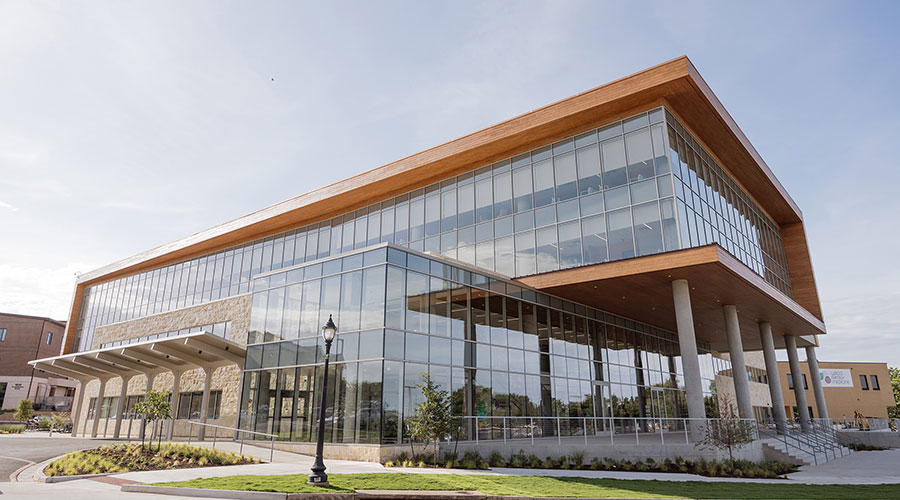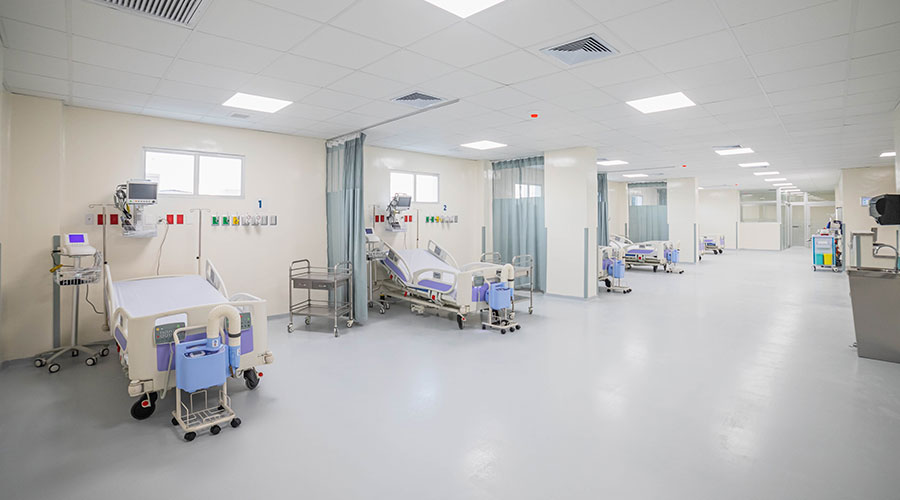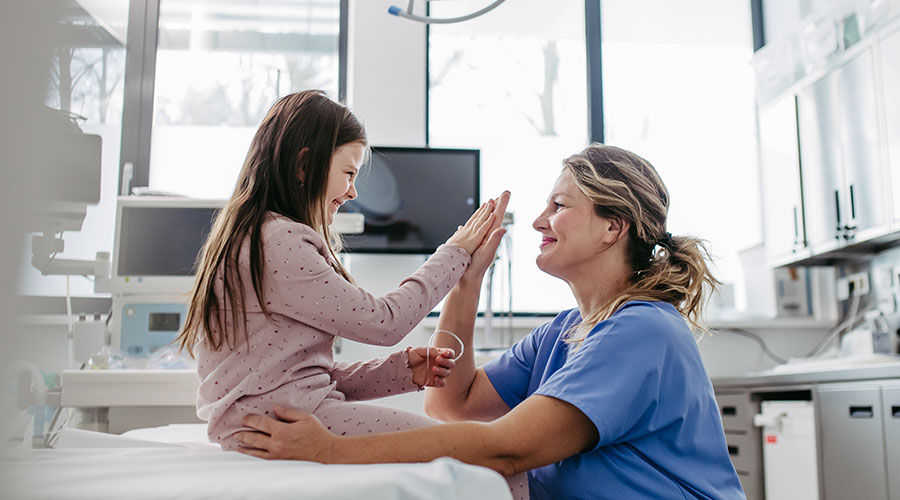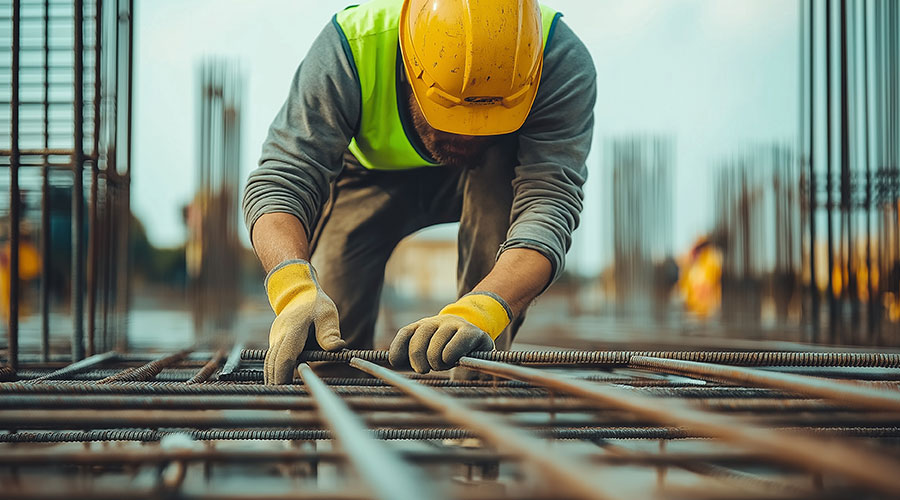Editor’s note: This is the second part of a two-part series. Part one addressed identifying potential strategies to help healthcare systems prepare for emergencies.
The COVID-19 pandemic and recent climate change and weather-related events have reinforced the importance of ensuring patient and staff safety in healthcare environments.
While the pandemic dramatically highlighted the need for personal protective equipment (PPE), hospitals and other healthcare facilities faced a range of additional challenges in keeping patients and staff safe:
- Complexity. To maximize the investment in expensive medical equipment, hospitals are providing more services at a much higher rate, all requiring specific safety and cleaning protocols. Also, around 70 different professions work in a hospital, as do unions and other service groups that all require safety training and PPE. Another mitigating factor is that many hospital systems have multiple facilities, each with unique safety requirements, which adds another layer of complexity to establishing safety protocols.
- Regulations. Healthcare facilities are some of the most highly regulated businesses, facing compliance challenges related to federal and state medical-specific regulations to building and fire codes. Just as the 9/11 terrorist attacks ushered in a new set of safety precautions for traveling, the pandemic has resulted in regulations and code requirements that are sure to change to ensure patient and staff safety.
- Limited funds. Implementing safety precautions can be expensive. Nonprofit hospitals only have a limited way to raise capital. Revenue is often just 1-4 percent of cash flow. That situation limits the ability to borrow and make payments on revenue bonds. Small budgets can make it challenging to buy expensive equipment and make renovations. Endowments can produce significant steady income, but in today’s low-interest environment, the revenue from endowments has been reduced. On the other hand, for-profit hospitals have more options for raising capital for investment, including selling stocks, for example, which nonprofit hospitals cannot do.
Protecting front-line workers
Front-line healthcare workers deserve the greatest protection, but many hospitals did not have the required amount and types of PPE at the beginning of the pandemic. Every day, front-line caregivers expose themselves to the care for patients suffering from COVID-19, and at the beginning of the pandemic, they were forced to wear makeshift PPE.
Many healthcare workers have made unheard-of sacrifices to protect their loved ones, including isolating themselves from their families for long periods to avoid accidentally infecting someone. As a result of the lessons learned from the early days of the pandemic, hospitals have instituted additional safety protocols and procedures, including:
- identifying more reliable PPE equipment sources and larger PPE inventories to better meet the demands of current and future airborne infections.
- purchasing personal battery-operated air filter packs for caregivers who are regularly exposed to infectious patients.
- inventorying emergency supplies more frequently and checking critical equipment such as ventilators to ensure they are up to date with maintenance and certification. Old masks and ventilators were in storage for so long that when they were pulled out for the pandemic, some of the equipment was deteriorated and unusable.
- implementing air-balance changes to make whole units under negative pressure and 100 percent exhaust. Some HVAC unit configurations permit these changes.
- using portable HEPA filter units to reduce virus load in patient rooms.
- installing ultraviolet purifying equipment in central HVAC units.
- Isolation rooms and critical areas
COVID-19 has been identified as an airborne infection, but hospitals and other healthcare environments were not designed to isolate airborne infections. Many facilities also had not addressed the need for extensive isolation of airborne infections because it was not necessary until the volume of patients due to COVID-19 increased. Many hospitals had a minimal number of infectious isolation rooms, which are used primarily for the rare tuberculosis patient.
Working to ensure clean air to keep staff safe from airborne infections is not yet addressed by building codes, but it is an important investment. Air purification and sterile room standards must be upgraded and redesigned to no longer recirculate air but instead to exhaust it out of the building.
In the future, departments will need to be able to be locked down to ensure sterility and safety. Under lockdown conditions, there would be no free access through sensitive patient care areas, such as emergency departments and critical care units. Such areas would need ventilation changes to permit HEPA air filtration, negative air flow and 100 percent exhausting of room air. These areas also would need entrance vestibules for gowning and removal of PPE gear.
Acute care considerations
Although healthcare services are rapidly shifting to outpatient and even home-based care, the sickest, most acute patients will always be treated in hospitals. Hospitals provide life-saving care for patients in need of emergency, trauma and critical care environments.
Patients with acute or chronic conditions might require around-the-clock, hospital-based care for days or months. It is important that these life-saving services remain in continuous operation and that appropriate protocols be used to ensure a safe environment for patients and caregivers.
Future flexibility
Future epidemics of infectious airborne disease can be expected, and climatologists are sounding the alarm and predicting more weather-related catastrophes. The time is now to become better prepared to protect caregivers who are serving patients.
Every hospital should engage with caregivers, infection-control professionals and facility experts to evaluate and recommend changes that optimize flexibility for today and the future that they can make to better prepare for the next pandemic or emergency.
Bruna Monzillo, MBA, LEED AP BD+C, EDAC, DGNB Consultant, is a senior associate and principal, director of diversity and inclusion with Albert Kahn Associates. She can be reached at bruna.monzillo@akahn.com or 305-903-8633.

 Waco Family Medicine Achieves Savings and Bold Design with Wood Selections
Waco Family Medicine Achieves Savings and Bold Design with Wood Selections Alleged Ransomware Administrator Extradited from South Korea
Alleged Ransomware Administrator Extradited from South Korea Design Plans Unveiled for New Intermountain St. Vincent Regional Hospital
Design Plans Unveiled for New Intermountain St. Vincent Regional Hospital Ground Broken on New Pediatric Health Campus in Dallas
Ground Broken on New Pediatric Health Campus in Dallas Pre-Construction Strategies for Successful Facilities Projects
Pre-Construction Strategies for Successful Facilities Projects